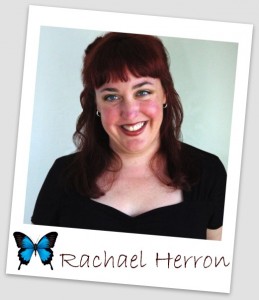(Note: We’ll return with “This Week in Chick Lit” next Friday. This week, we’re celebrating the recent release of Sweet Valley Confidential.)
When I was 12, I wanted to be Elizabeth Wakefield. Really, could you blame me? She was beautiful and talented with the gorgeous boyfriend and the wherewithal to handle her mess of a twin sister with a grace and aplomb I only wished I’d possessed when dealing with mine.
When I was 32, I realized Elizabeth was a total pushover. While it’s true that she always treated Jessica to a well-deserved lesson at the end of (almost) every installment of Sweet Valley High (or Twins or Kids…yeah, I was a reader), the fact of the matter was that she wouldn’t have needed to do any of that if she’d just grown a freakin’ backbone and said “No” BEFORE Jessica spiraled them into some out-of-control situation from which only the biggest of gestures could rescue their relationship and, more importantly, Elizabeth’s dignity.
I came to this conclusion by reading Books 1-3 of the Sweet Valley High series as a refresher the weekend before tackling Sweet Valley Confidential, Francine Pascal’s latest offering in the saga. (Incidentally, the only one that Pascal has ever written cover to cover). While this was a great idea in terms of character reintroduction (thus making SVC an experience not unlike going to a 10-year high school reunion), the fact that I wanted to bitch-slap so many characters due to their high school personas, kind of set me up to wonder if the only reason I was going to said reunion was because I wanted to see who got fat.
For the record, nobody did. Sweet Valley is the same lily-white (seriously, lily-white…was there ever an African American character in the series?) town we’ve known and loved since the first books were published in 1983. Though, some characters have gone through hard times — one old friend has cancer, another two are going through a will-they-or-won’t-they divorce — the only real nods to the societal changes that have come about since Pascal wrote her original series are that people are now friending each other on Facebook and one of the characters (and, believe me, I did not see this one coming) has come out of the closet.
The other, seriously refreshing, change, however, is that Elizabeth grew a backbone!!! Unfortunately, it took a now-27 year old Jessica doing something so dire, so WTF, to send Elizabeth into a self-inflicted exile in New York’s Hells’ Kitchen neighborhood (a wonderful representation by Pascal here) and propel the twins into an eight month period of total radio silence.
Which, trust me, is totally deserved.
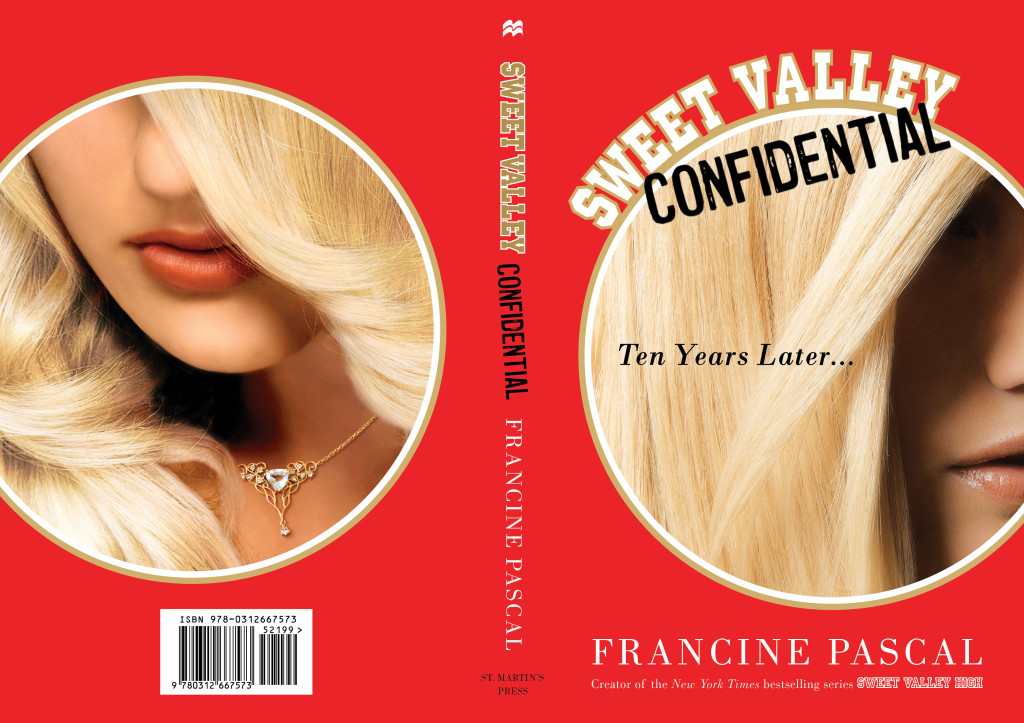 SVC follows Elizabeth and Jess on two separate coasts as they attempt to deal with the repercussions of Jessica’s decision and build lives that are finally, separate from each other. Old friends return for both of the twins, and the relationships that each ultimately end up in are not only squee-worthy, they make sense. Almost like Pascal has been building up to these for the last, say, 27 years….
SVC follows Elizabeth and Jess on two separate coasts as they attempt to deal with the repercussions of Jessica’s decision and build lives that are finally, separate from each other. Old friends return for both of the twins, and the relationships that each ultimately end up in are not only squee-worthy, they make sense. Almost like Pascal has been building up to these for the last, say, 27 years….
All told, Sweet Valley Confidential is a tremendously fun read and a wonderful trip down memory lane. More importantly, for those of us who might consider the Sweet Valley High series an introduction to the chick-lit genre, it’s a fantastic way to dip back, if just for a few hours, into what may have inspired your twelve-year-old self.
By day, Elle Filz is an IT geek in Baltimore, MD. By night, you can either find her singing karaoke or jotting down notes for her next women’s fiction story. She is also an aspiring Betty Crocker-type who thanks God every day that a fireman lives next door.

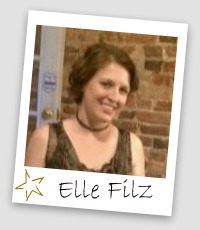
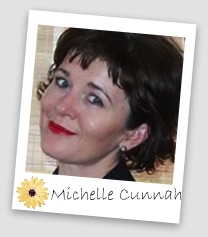
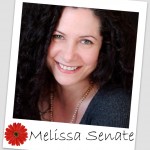
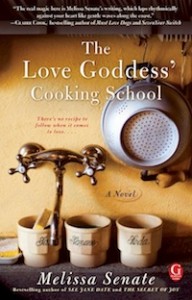
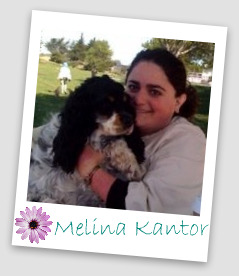
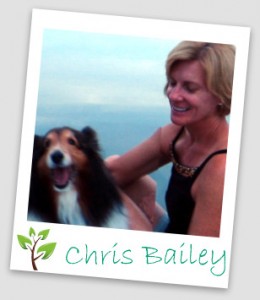
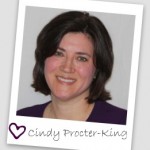
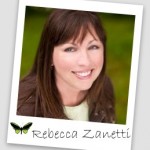
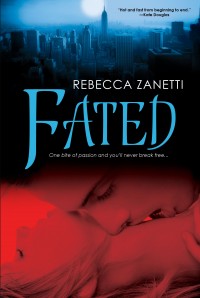 Talen, a 300 year old vampire, is your hero. What sets him apart from the vampires we’ve met in other stories?
Talen, a 300 year old vampire, is your hero. What sets him apart from the vampires we’ve met in other stories?
